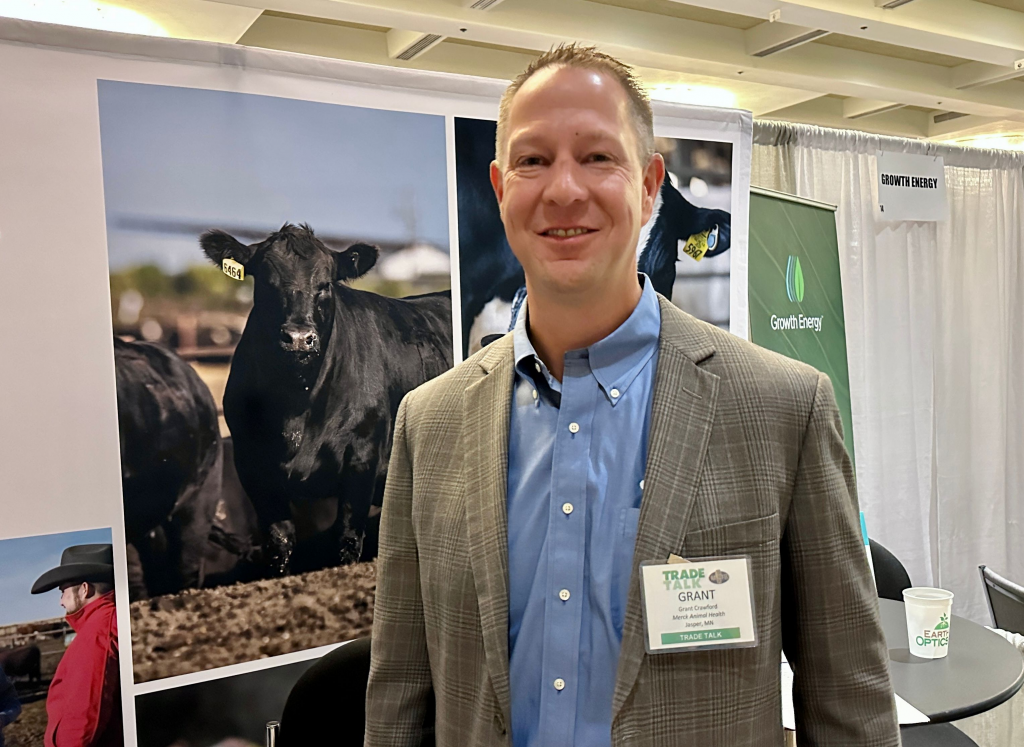
Senior Farm and Ranch Broadcaster, Ron Hays, is talking with Grant Crawford of Merck Animal Health about the value of deworming. Dr. Crawford is an Associate Director for Cattle Technical Services at Merck.
“If you look at all of the different animal health technologies available for cattle, the one that provides the biggest return for anything on grass, whether it is a cow-calf pair or a stocker animal, the biggest return comes from deworming,” Crawford said. “It makes some sense, because worms primarily live on grass. Once cattle are out on pasture in the summertime, they are picking up worms.”
Among other things, Crawford said worms can cause irritation in the gut and decrease feed and nutrient intake in cattle.
“It predisposes cattle for more sickness and can slow down growth as well,” Crawford said.
Crawford emphasized “strategic deworming,” which is worming not set to a particular calendar date.
“We pick the key times of the year when we can get the biggest bang for our buck out of dewormers,” Crawford said.
One of those times, Crawford added, is in the fall and early winter.
“If we can deworm right now, we are killing all of the worms in their gut that they picked up over the summertime,” Crawford said. “They will be worm-free over the winter, which is really important for a gestating cow, because as they get into the third-trimester leading up to springtime calving, that is when a lot of that growth happens in that calf they are gestating.”
Crawford said another strategic time to worm cattle is in the summertime.
“After cattle get turned out on green grass in the spring, they are going to start picking up worms again,” Crawford said. “If we can come back with a dewormer in the summertime, that is very important.”
In the summer, Crawford said is can be inconvenient to bring cattle in off pasture to deworm, so SAFE-GUARD offers a few deworming products that can be added to feed or consumed through mineral.
“Our dewormers are primarily SAFE-GUARD and Panacur, which are both fenbendazole as the active molecule there, described as white-wormers,” Crawford said. “What we have found over time is that the pour-ons and injectables don’t work as well as they used to. They have been used a lot over the years, but the efficacy of any pour-on or injectable dewormer is really somewhere around 50 to 60 percent as far as reducing fecal eggs.”
Crawford said a “white wormer” such as SAFE-GUARD is 95 percent or more effective in decreasing fecal egg count, whether applied through feed or drench.
“Deworming is the biggest thing we can do to improve profitability in the cow-calf sector and the stocker sector,” Crawford said. “It is important we use a quality dewormer.”
The Beef Buzz is a regular feature heard on radio stations around the region on the Radio Oklahoma Ag Network and is a regular audio feature found on this website as well. Click on the LISTEN BAR for today’s show and check out our archives for older Beef Buzz shows covering the gamut of the beef cattle industry today.


















